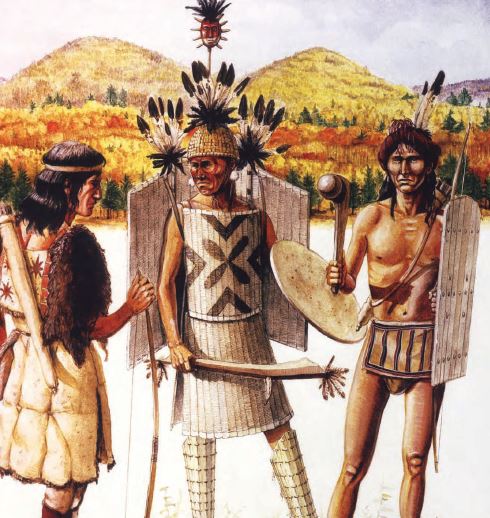At the end of the fifteenth century, events committed in West Africa by West Africans themselves forced the course and pattern of West African history to shift.
The sudden arrival of Europeans, primarily of Portuguese descent, at the coasts of this region was largely responsible for this shift. These unusual visits, which began as a child’s play, eventually altered the history of the West African population.
Perhaps one should even consider asking, “Why did these Europeans decide to visit West Africa?” What impact did these trips have on West African history? Let’s start by looking at the reasons for the visits.
The Europeans went to West Africa for a reason.
There are a variety of explanations for why the Portuguese traveled to the coasts of West Africa in the fifteenth and sixteenth centuries. One of these, and perhaps the most significant, was Europe’s desire during this time to establish a sea route to India and the spice island, possibly along Africa’s coast. This compulsion was sparked by the difficulties European traders faced along the overland routes. These overland routes along the Mediterranean Sea’s shores passed through significant cities like Milan, Florence, Genoa, and Venice, and traders from Europe frequently paid tolls to pass through each of these cities.
Additionally, some wanderers had made these routes extremely risky for businesses; They had actually transformed them into a haven for highway robbers. The end result of these problems was that the cost of goods from the Far East skyrocketed. In Europe, items like ginger, pepper, and spices evolved into opulent possessions for a large number of people.


Some Europeans were inspired to look for a different route to India, possibly along the coast of West Africa, because of the uneven social situations brought on by these high prices. Since the sea that would serve as the highway was nobody’s property, it was believed that if this route could be established, the arduous trek along the overland route and the need to pay exorbitant customs duties would vanish.
Once more, the goal was to spread Christianity to Africa’s “lost people,” as Europeans referred to them. In the first place, the crusade against the Turks in the 13th century inspired Christians in Europe to bring the gospel and salvation to the land of the heathen, particularly to Africa, where evangelism had not yet been widely practiced. In addition, Europe felt compelled to search for the empire of a powerful African king known as “Prester John” because they believed he could assist them in Christianizing the “unfortunate” and “primitive” inhabitants of the “dark continent.” Also, it was thought that his famous king would be willing to start a profitable trade with Europe, especially for diamonds, gold, gold dust, and other mineral deposits that were thought to be plentiful here.
Last but not least, some Europeans went on European vacations out of a burning desire to learn more about the cultures and ways of life of other peoples. The development of the compass and other seafaring tools stoked this urge to new heights.
These inventions in no small part inspired these academically zealous European biologists to properly study the structural construction of the “black monkeys” that inhabited the African continent. As a result, the numerous factors that brought Europeans to the coasts of Africa in general and West Africa in particular can be summed up in this way: These included the desire to establish a different sea route to India and the Spice Islands, to introduce Christianity to lost peoples of other lands, to spread the European model of civilization to other people, and to contract trade with the wealthy people of West Africa through Prester John; and to learn more about the biological makeup of the people who lived in other places, including the continent of Africa.

